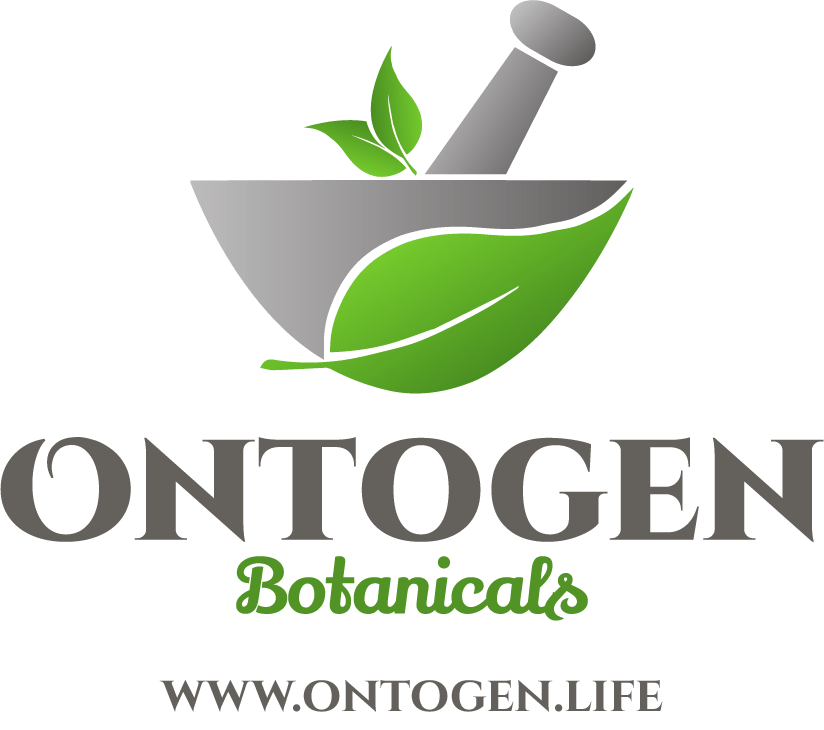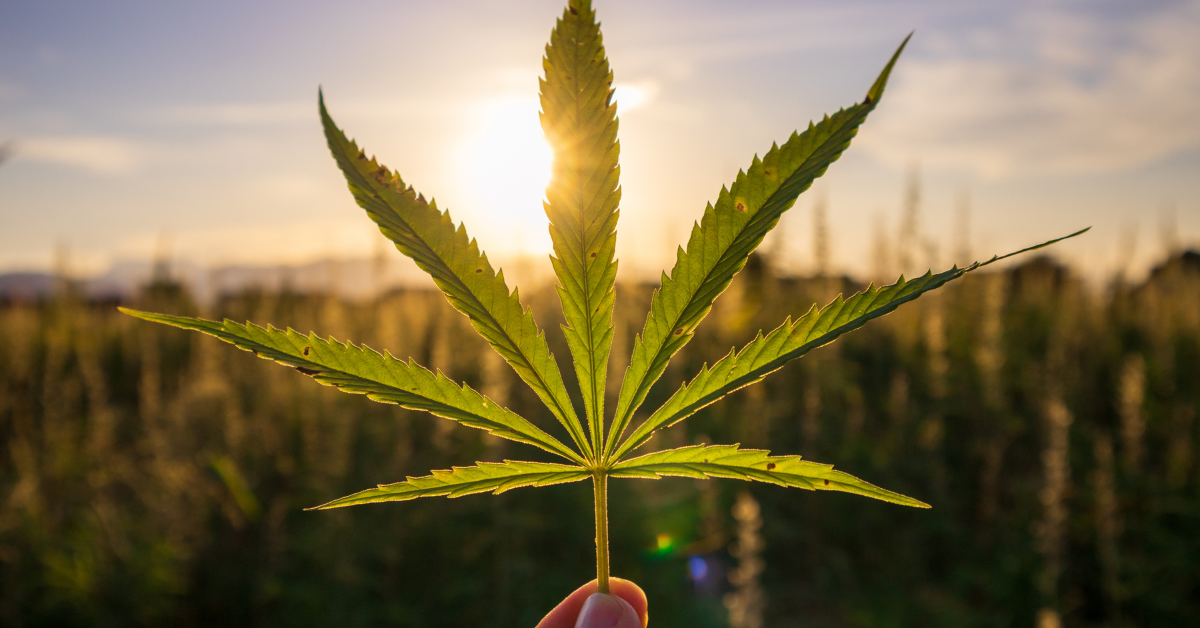CBDelirium, Part 1 – Wisdom in the Wild, Wild, West of CBD
 “CBD-elirium”; Wisdom in the Wild, Wild, West of CBD for Wellness
“CBD-elirium”; Wisdom in the Wild, Wild, West of CBD for Wellness
Part I — The Untamed Universe of CBD; ‘Buyer Beware’ and Other Burdens
By Adrian Adams, EdD
June 26, 2020
CBD for wellness. They say it will ‘Relieve Pain, Reduce Anxiety/Depression, Alleviate Cancer-related Symptoms, Reduce Acne, Promote Heart Health — and that’s only the beginning! But how many of us really know what CBD is? Where it comes from? How is it made? And what it can actually do. More importantly perhaps — who the h@ll is making it? — and where? — and how? And when we take it — what else are we taking? Do we know? Are we trying to benefit our health — when we’re actually ingesting dangerous ingredients?
Interested? Listen Up!
Properties Decide Politics; Is it Hemp — or is it Herb?
What is CBD? Let’s start with the plant. CBD is a compound naturally made by, and extracted from, the Cannabis sativa plant. With indigenous origins in Eastern Asia, Cannabis sativa has been cultivated throughout recorded history, and used as a source of industrial fiber, seed oil, food and medicine. Cannabis sativa with low levels of THC is called ‘Hemp’, a Cannabis plant with higher levels of THC is called, ‘Marijuana’. Hemp is legal, federally, Marijuana is not. Therefore, Hemp products, like Hemp derived CBD, are legal federally. Marijuana products, like CBD extracted from Marijuana plants, are not.
So, the important cut off between the legal ‘Hemp’ plant, and its infamous cousin, the illegal ‘Marijuana’ plant, is simply a THC level above .3%. At or below the .3% level, all products from that plant are considered derived from Hemp and legal. Above .3% THC is officially marijuana, and that means you are playing with fire. Any product derived from a marijuana plant is presently considered federally illegal.The federal law succinctly states, ‘All plants containing levels of THC higher than .3% should be immediately disposed of.’ Pretty clear — it’s either Hemp… or its ‘Herb’ (Marijuana).
Creating CBD; The Good. The Bad. And the Ugly.
Legal CBD and the Burden of Proof
So the first consideration when thinking about the production of the CBD we may externally apply or internally ingest is obviously determining, in absolution, that the plant the CBD is being extracted from is unequivocally ‘Hemp’, and not an illegal plant. This determination is not just important for the consumer and the farmer, or the plant producer. Any purveyor of any product, derived from an unlawful plant — from dispensary owner to medical practitioner — could potentially be considered a felon. Sobering thoughts.
It’s called ‘guilt by association’, and fears about these sentences are pushing CBD professionals to call for stricter testing and more stringent regulations— if only for their own self preservation! CBD professionals serious about keeping their products in line with the law are going one step further, by making sure that testing facilities are reputable third party laboratories, not run or financed in any way by the CBD manufacturers. Now while your state may allow for various amounts of THC in products, they are not legal Federally. Make sure your product reads ‘Hemp-based CBD’… or else.
The Dangers of Lagging Regulation
It’s an age old story. Industry comes into vogue, Industry goes wild. Industry flies out of control, and then is wrestled back into control again by the government, bringing about peace and safety for all. Well, in the world of CBD, we’re pretty much at the ‘Goes Wild’ stage as we speak.
Real and Projected income from CBD related products in the US
In 2019, hemp was removed from a ‘Controlled Substances’ list and listed as an agricultural commodity, allowing numerous large established companies the confidence to enter the CBD space. Q2 saw large retailers like CVS and Walgreens introduce CBD products in select states, signaling to the rest of the country that CBD is going mainstream. 2019 shaped up to be a massive year for cannabidiol (CBD), leading to sales just over $4 billion by year end– a 562% increase over 2018! Many are using CBD for wellness and much more! Brightfield Group estimates that the total U.S. CBD market could reach $24.4 billion by late 2025. Sounds great , right? — But let’s not forget the next part of the story, you know, the ’flies out of control’ part…
I Have to know… What?
As consumers, it’s important to know that the amount of unprecedented growth the CBD industry has undergone, means that regulation and oversight ‘are still in development’. Which is a very nice way of saying, ‘Are running to keep up.’ This lapse of understanding and government guidance means that consumers have got to be prepared to do their due-diligence themselves to ensure that any cannabidiol products they use have been thoroughly tested to keep them safe to use CBD for wellness. Not an easy task for those not schooled in the science of CBD…
The Perils of Pesticides
Because of the lack of clear regulation, many farmers growing hemp for cannabidiol purposes are not subject to laws concerning the management of pests, so it’s up to you as the consumer to know what’s been dumped on your Hemp. Of particular note, many brands use plant material grown internationally, under suspect conditions, and sprayed with toxic compounds to prevent mold and insect problems during shipping.
An interesting detail about hemp is that it is what’s known as a soil remediator. If there’s a field that has a lot of pesticides, lead, arsenic, etc farmers have long planted a crop of hemp to absorb a lot of that stuff, dispose of it, and go back to planting their desired crop. That is the fear of products that are grown internationally. There are some countries that will soil remediate with hemp, and then sell the hemp or processed products. There are brands who regularly source some or all of their products from foreign sources.
There are two pesticides you want to make absolutely certain are not present on your plants or in your CBD — Bifenazate and Myclobutanil. They are some of the most commonly used pesticides for cannabis plants which most brands do not test for. You need to keep yourself safe by identifying these pesticides before using CBD for wellness.
Experts have proven that a person exposed to these substances again and again could potentially experience detrimental effects on fertility, pregnancies and internal organ function. This is bad news, considering many doctors prescribe the long term use of cannabis-derived products for the treatment of chronic disease and illness. Upsettingly, blind product testing found 84.3 percent of cannabis samples contained pesticides, sixty-five percent of those contained myclobutanil specifically.
A Little Bit of This and …
Last year the top-selling 240 CBD products were tested for 300 contaminants. After thousands of tests, 70% of products were found “highly contaminated” with heavy metals like lead and arsenic, herbicides like glyphosate (the active ingredient in RoundUp) and a host of other contaminants including pesticides, BPA and toxic molds. One product contained levels of lead so high, it exceeded by 100 times what the EPA would consider actionable for drinking water.
In addition, because hemp-derived CBD is still an unregulated industry, makers are not required to test for CBD content. As such, more than half of the products tested inaccurately vs the concentration of CBD claimed on the label. Testing showed variances so great that they went from absolutely no CBD present whatsoever, to having 5 to 6 times what was reported. Sadly, it is incredibly difficult for consumers to navigate these unregulated products if they want to use CBD for wellness. Unfortunately, the term “buyer beware” carries a whole new weight in the Wild, Wild, West of CBD for wellness.
Please Join us for Part II of “CBD-elirium; Wisdom and the Wild, Wild West of CBD”— The “Extraction Factions”; How Big Bucks are Battling over ‘The Entourage Effect’, and what Consumers Need to Know About It!”, which will offer you ‘10 Tips to Buy the Best CBD on the Market’. One brand of which is Ontogen Botanicals Hemp-Based CBD found at ontogen.life.
Adrian Adams, Ed.D. in Educational Leadership, is the CEO of Ontogen Botanicals. A company dedicated to providing the highest quality CBD to physicians and patients. A former Biology and Chemistry teacher who has been the Practice Administrator for his NY Cannabis Certifying physician wife’s medical practice for two decades, he understands and has witnessed the difference cannabis can make in people’s lives. ontogen.life


